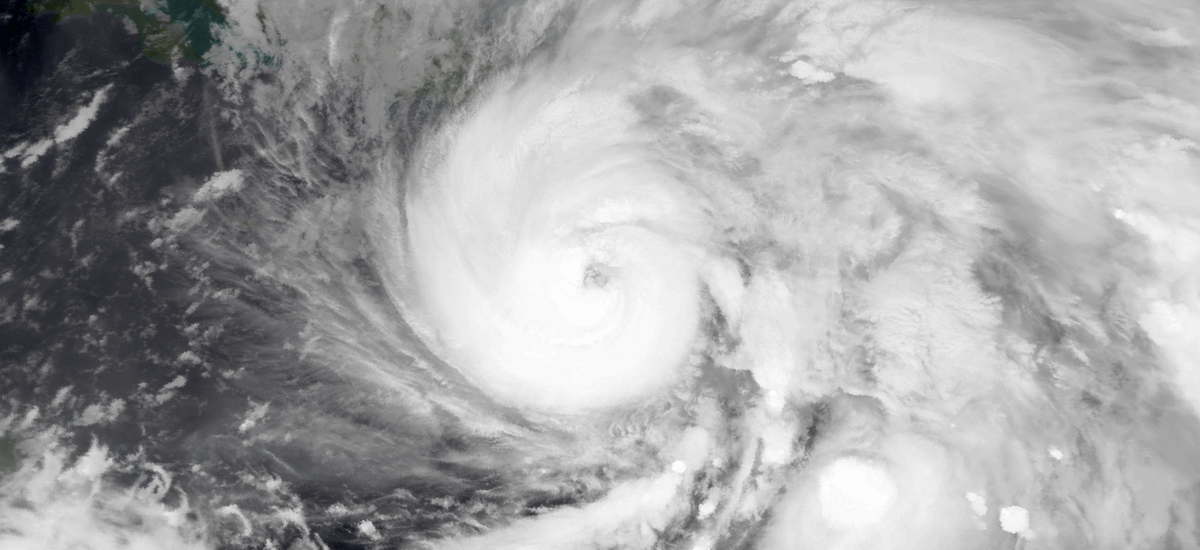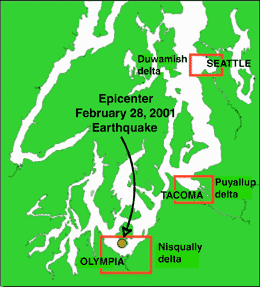Welcome to our audio tour, where we delve into the history and impact of Superstorm Sandy, one of the most significant weather events in recent U.S. history. Referred to as ‘Superstorm’ due to its extraordinary size and impact, Sandy was a tropical cyclone that wreaked havoc across the Caribbean and the U.S. East Coast in late October 2012.
Sandy’s journey began as a tropical wave in the warm waters of the central tropical North Atlantic on October 19, 2012. By October 22, it was classified as a tropical depression south of Jamaica. As it absorbed more energy, it grew into a tropical storm and was named Sandy. On October 24, Sandy became a Category 1 hurricane near Jamaica, and by the evening, it intensified into a Category 2 hurricane. Sandy then made its way over eastern Jamaica and Cuba, eventually shifting northward and fluctuating in intensity.
The storm reached the U.S. Mid-Atlantic and Northeastern states on October 29, 2012. It made landfall near Atlantic City, New Jersey, with maximum sustained winds of 80 miles per hour. This was where the storm underwent a transformation, merging with a cold air mass and evolving into a sprawling extratropical cyclone—hence the name Superstorm Sandy.
Sandy’s impact was devastating, causing significant wind and flooding damage across multiple countries. In the U.S., the storm resulted in over $70 billion in damages, making it one of the costliest natural disasters in the nation’s history. The storm affected the infrastructure, homes, and lives of millions, leaving a lasting imprint on the regions it touched.
The broader historical context of Sandy illustrates the increasing unpredictability and severity of weather patterns, likely influenced by climate change. Sandy’s path and the extent of its damage have prompted discussions and actions toward improving disaster preparedness and climate resilience.
Through this narrative, we remember the power of nature and the resilience of communities in the face of adversity. Thank you for joining us on this historical journey as we reflect on Superstorm Sandy’s legacy.






